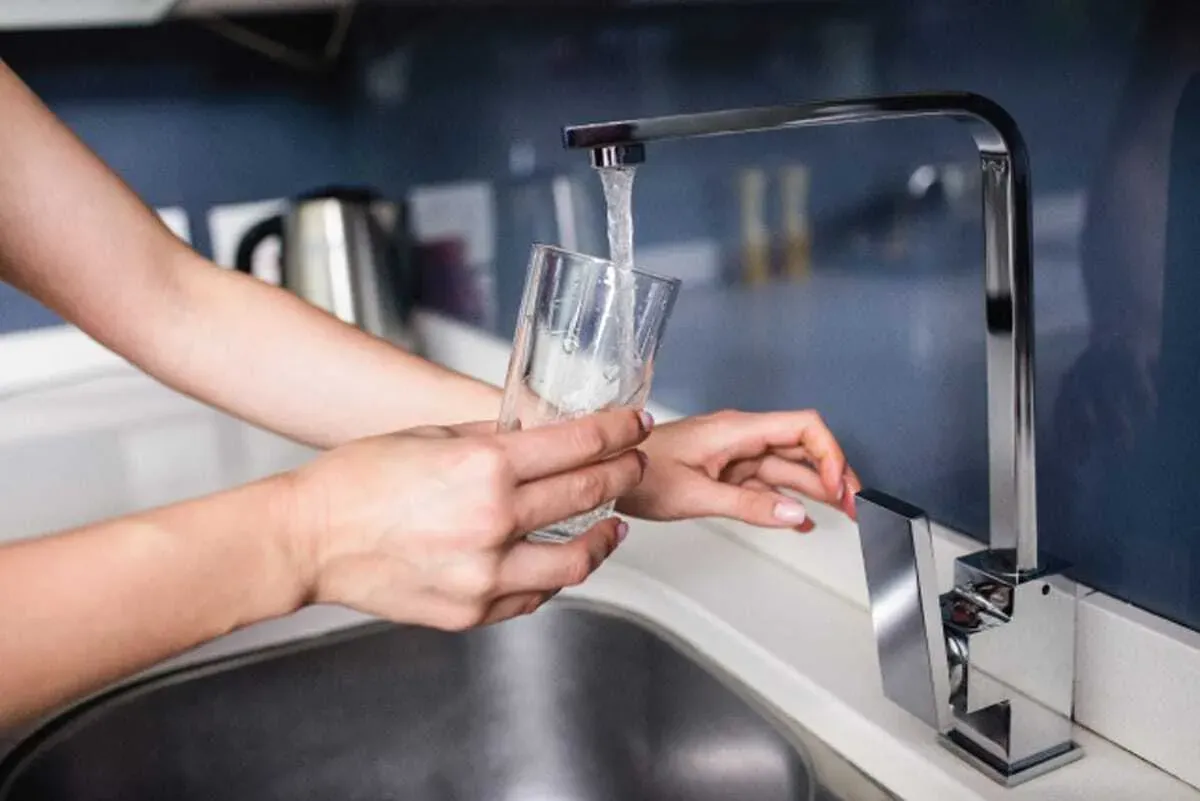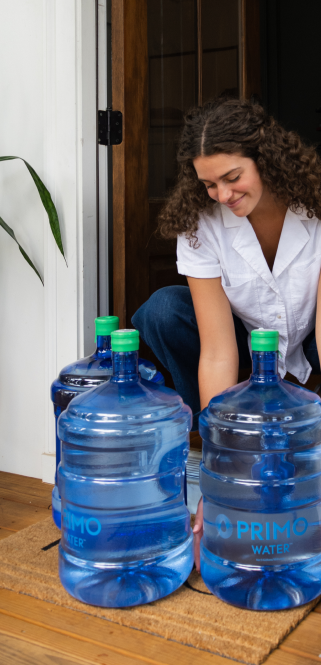
9 Common Chemicals in Tap Water
Even if you’re aware of some of the chemicals that are often found in tap water throughout the United States, you’d most likely be shocked to learn just how many contaminants may actually be present.
What is in tap water? While 91 pollutants are regulated by the Safe Drinking Water Act, the Environmental Protection Agency estimates that more than 60,000 chemicals are used within the United States. Further, an analysis of 20 million tap water quality tests performed by the Environmental Working Group found a total of 316 contaminants in water supplied to the public between 2004 and 2009.
Below are some of the most concerning contaminants that may be lurking in your tap water.
WHAT ARE 9 COMMON CHEMICALS IN TAP WATER?
Chlorine – Chlorine is added to drinking water by many municipal water systems as a purification technique. However, it can be absorbed through physical consumption and through your skin while bathing.
Fluoride – Fluoride has been added to tap water for decades to help reduce tooth decay. However, it can be harmful to our health since it’s a neurotoxin and an endocrine disruptor.
Herbicides – Herbicides enter drinking water by accumulation in public soil and water sources, most frequently from rainfall and irrigation that wash herbicides off farmlands and into lakes and rivers.
Lead – Lead is a heavy metal that is often found in public drinking water as a result of corrosion of household plumbing systems and erosion of natural deposits. The amount of lead found in water will depend on factors such as how long the water is exposed to the pipes and the degree of corrosion on the pipes.
Mercury – Another heavy metal, mercury can be found in various natural deposits. It can get into public drinking water in a number of ways, including discharge from refineries and factories, landfill runoff and cropland runoff.
Methyl Tertiary Butyl Ether (MTBE) – MTBE is used in gasoline to reduce carbon monoxide and ozone levels from auto emissions. A few ways it can get into water are by leaking out of underground storage tanks, pipelines, and spills.
Nitrates – Nitrates occur naturally in plants and soil at low levels. However, they’ve become a common contaminant in water partially due to their use as a fertilizer. Runoff from factory farms flows into surface and groundwater and ends up in drinking water.
Perchlorate – This widespread toxic chemical, used in rocket fuel, explosives, and road flares, has been detected in the water in many states.
Pharmaceuticals – These synthetic chemicals are found in prescription, therapeutic and veterinary medicine. Pharmaceuticals commonly enter our water supply from poorly controlled manufacturing facilities and improper disposal.
The long-term health effects of chronic exposure to trace elements of these and the many other contaminants commonly found in tap water have yet to be fully determined. In the meantime, we need to be aware of what’s in our water supply and be proactive about drinking safe water as much as possible.
When you drink Primo Water, you have peace of mind knowing you and your family aren’t drinking water that contains potentially harmful chemicals. Learn more and find out how to purchase Primo Water here.




